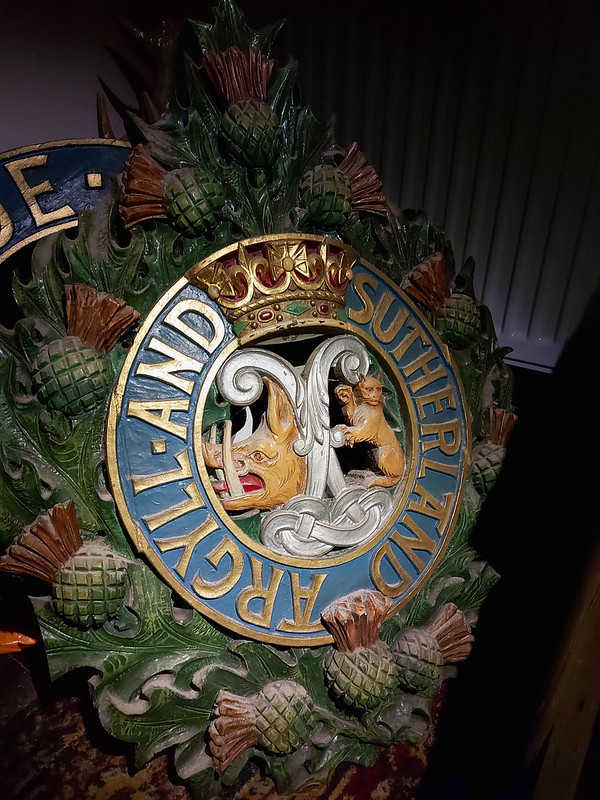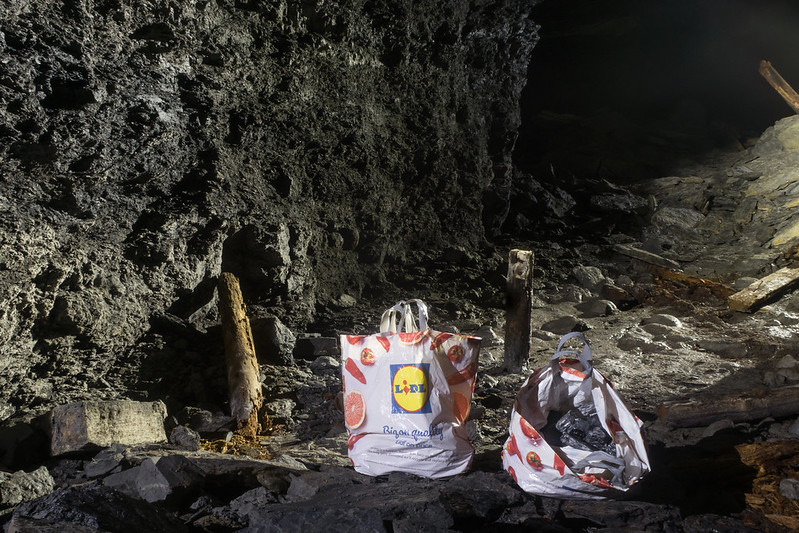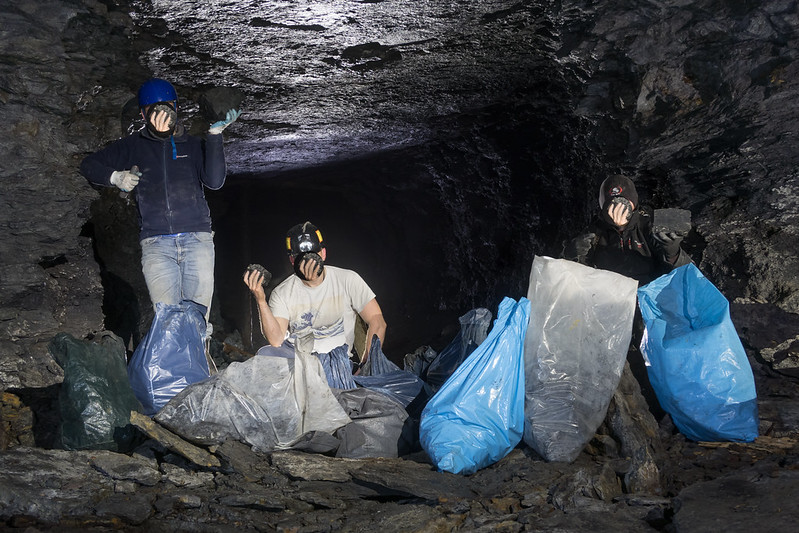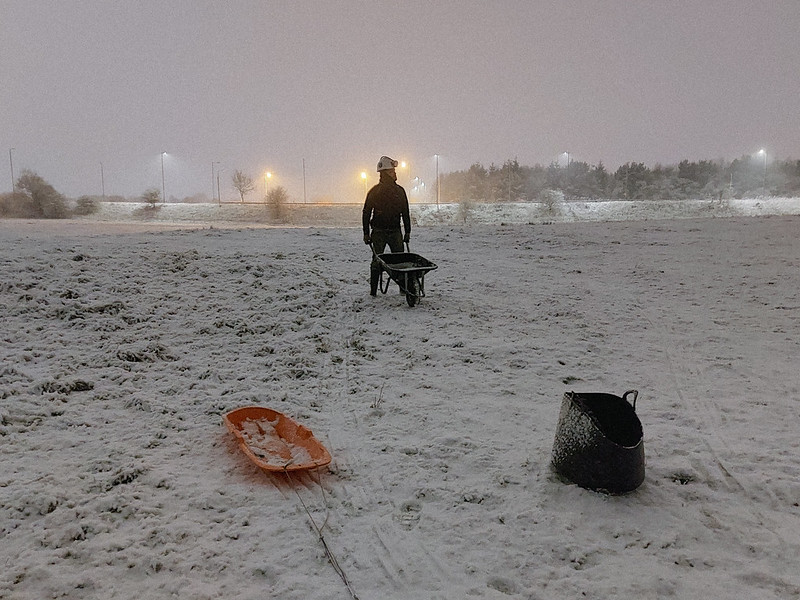General Urbex Photos Thread! - 2
- Thread starter krela
- Start date

Help Support Derelict Places:
This site may earn a commission from merchant affiliate
links, including eBay, Amazon, and others.
- Joined
- May 14, 2018
- Messages
- 1,310
- Reaction score
- 958
And to think when I lived as a child at Buckfastleigh, Buckfast Abbey was better known for its honey than its wine.While out looking for some new mines, we came across the two names that put Lanarkshire on the map:
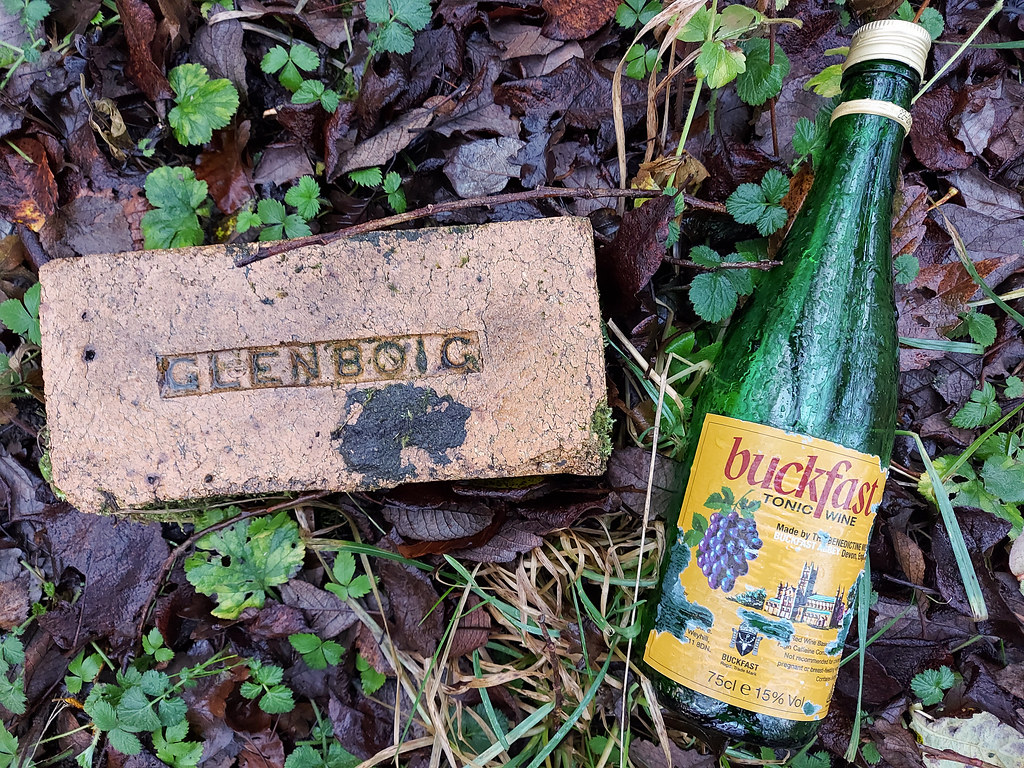
Anyone know a good brickie and plasterer?


God bless.While out looking for some new mines, we came across the two names that put Lanarkshire on the map:

A long lost miner from the days of yore..
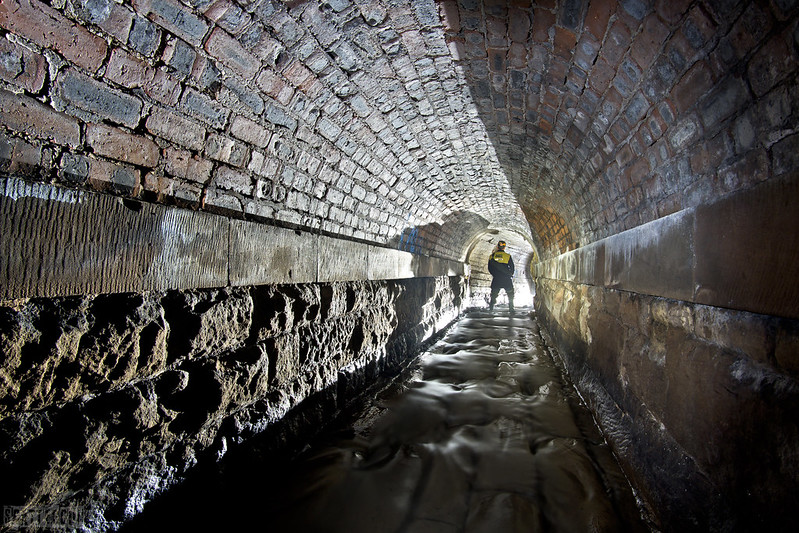


£44.99
£70.00
Salomon Trailblazer 20 Unisex Hiking Backpack, 20L, Versatile, Easy to Use, and Comfy & Light, Blue
Amazon.co.uk

£101.99
Military Surplus Law Enforcement A-TACS Waterproof Jacket With Liner- Night Camo (Large(42-44" Chest))
Only Army Surplus

£10.60
£13.35
Kombat 58 Pattern British Army Surplus Webbing Combat Gear Belt PLCE US Cadet TA UK
Kit Master Supplies

£55.00
£58.95
THE NORTH FACE Unisex Borealis 10L Mini Backpack, Gardenia White/Tnf Black
Amazon.co.uk

£56.99
£90.00
Salomon Trailblazer 30 Unisex Hiking Backpack, 30L Versatile, Easy to Use, and Comfy & Light, Blue
Amazon.co.uk
Dansgas1000
Member
- Joined
- May 16, 2017
- Messages
- 17
- Reaction score
- 26
One of my favourite photos from this year. Haddon Tunnel at the opening halfway through.


- Joined
- Jun 7, 2014
- Messages
- 3,114
- Reaction score
- 5,062
that looks nice!
- Joined
- May 14, 2018
- Messages
- 1,310
- Reaction score
- 958
This photo - showing a short gap between two sections of tunnel - reminds me of the railway in Mexico that goes close to the Copper Canyon. It runs from Los Mochis to Chihuahua, is 656km long, contains 37 bridges, 86 tunnels and took 60 years to build. There is a spiral tunnel - to gain/lose height - and at one point it comes out, immediately crosses a deep gorge and immediately plunges back into tunnel again. Impressive, just as is this photo. There seems to be another short gap at the far end here.One of my favourite photos from this year. Haddon Tunnel at the opening halfway through.
View attachment 520303
Dansgas1000
Member
- Joined
- May 16, 2017
- Messages
- 17
- Reaction score
- 26
Thanks! That railway sounds really interesting. This is the only gap in the tunnel, the light you see through the photo is an air shaft, there are a few behind where the photo was taken too.This photo - showing a short gap between two sections of tunnel - reminds me of the railway in Mexico that goes close to the Copper Canyon. It runs from Los Mochis to Chihuahua, is 656km long, contains 37 bridges, 86 tunnels and took 60 years to build. There is a spiral tunnel - to gain/lose height - and at one point it comes out, immediately crosses a deep gorge and immediately plunges back into tunnel again. Impressive, just as is this photo. There seems to be another short gap at the far end here.
- Joined
- May 14, 2018
- Messages
- 1,310
- Reaction score
- 958
In that case, it is a very wide air shaft. Do you know if it is visible above ground, in the form of a round wall about ten feet high? Too high for anyone to see over, or easily climb. There are many railway tunnels with a series of such shafts in a line. Often they were used to speed the excavation on several faces at a time; then left for the smoke from steam locomotives to escape.Thanks! That railway sounds really interesting. This is the only gap in the tunnel, the light you see through the photo is an air shaft, there are a few behind where the photo was taken too.
Dansgas1000
Member
- Joined
- May 16, 2017
- Messages
- 17
- Reaction score
- 26
The smaller air shafts are circular and are visible above ground, I believe there are bars around them from above so people don't fall into them. Here's a pic of one of the air shafts from inside the tunnel:In that case, it is a very wide air shaft. Do you know if it is visible above ground, in the form of a round wall about ten feet high? Too high for anyone to see over, or easily climb. There are many railway tunnels with a series of such shafts in a line. Often they were used to speed the excavation on several faces at a time; then left for the smoke from steam locomotives to escape.

Princess Louise, Duchess of Argyle's finest. The regiment did well in WWII.
- Joined
- May 14, 2018
- Messages
- 1,310
- Reaction score
- 958
The small diameter of this shaft marks it out as probably only to allow smoke from steam locos to escape, rather than one used for the extraction of material during the tunnel's excavation. Although one should not forget that what we are seeing is theThe smaller air shafts are circular and are visible above ground, I believe there are bars around them from above so people don't fall into them. Here's a pic of one of the air shafts from inside the tunnel:
View attachment 520564
brick-lined size of the shaft - not the bare-rock size it was when dug, which would have been somewhat greater and thus possibly used for removing material from intermediate rock faces.
- Joined
- Jun 7, 2014
- Messages
- 3,114
- Reaction score
- 5,062
The smaller air shafts are circular and are visible above ground, I believe there are bars around them from above so people don't fall into them. Here's a pic of one of the air shafts from inside the tunnel:
View attachment 520564
Yeah there is 3 grated shafts I believe & the one central opening
Dansgas1000
Member
- Joined
- May 16, 2017
- Messages
- 17
- Reaction score
- 26
The small diameter of this shaft marks it out as probably only to allow smoke from steam locos to escape, rather than one used for the extraction of material during the tunnel's excavation. Although one should not forget that what we are seeing is the
brick-lined size of the shaft - not the bare-rock size it was when dug, which would have been somewhat greater and thus possibly used for removing material from intermediate rock faces.
Very interesting information!Yeah there is 3 grated shafts I believe & the one central opening
This palace gave me the rare chance to crack out the fisheye.


- Joined
- May 14, 2018
- Messages
- 1,310
- Reaction score
- 958
I've just found this on Wikipedia:Very interesting information!
"The tunnel was constructed to hide the railway from the view of the Duke of Rutland where the line passed Haddon Hall. The tunnel rises towards Bakewell on a gradient of 1:102, is 1,058 yards (967 m) long and was mostly built by the cut and cover method. It was built with five ventilation shafts, one was the full width of the double-track tunnel, the deepest was 12 feet (3.7 m)."
So much for my speculation about the reasons for the air shafts. It seems that the shaft described here as "one was the full width of the double-track tunnel" is what looks more like a gap between two sections of the tunnel. Many land owners forced such needless expense on railway companies in the 19th century. Middle Hill Tunnel just west of Box Tunnel is another example. Today we have the ongoing farrago over what to do with the road skirting Stonehenge.
Similar threads
- Replies
- 0
- Views
- 494
- Replies
- 1
- Views
- 562
- Replies
- 0
- Views
- 1K




























